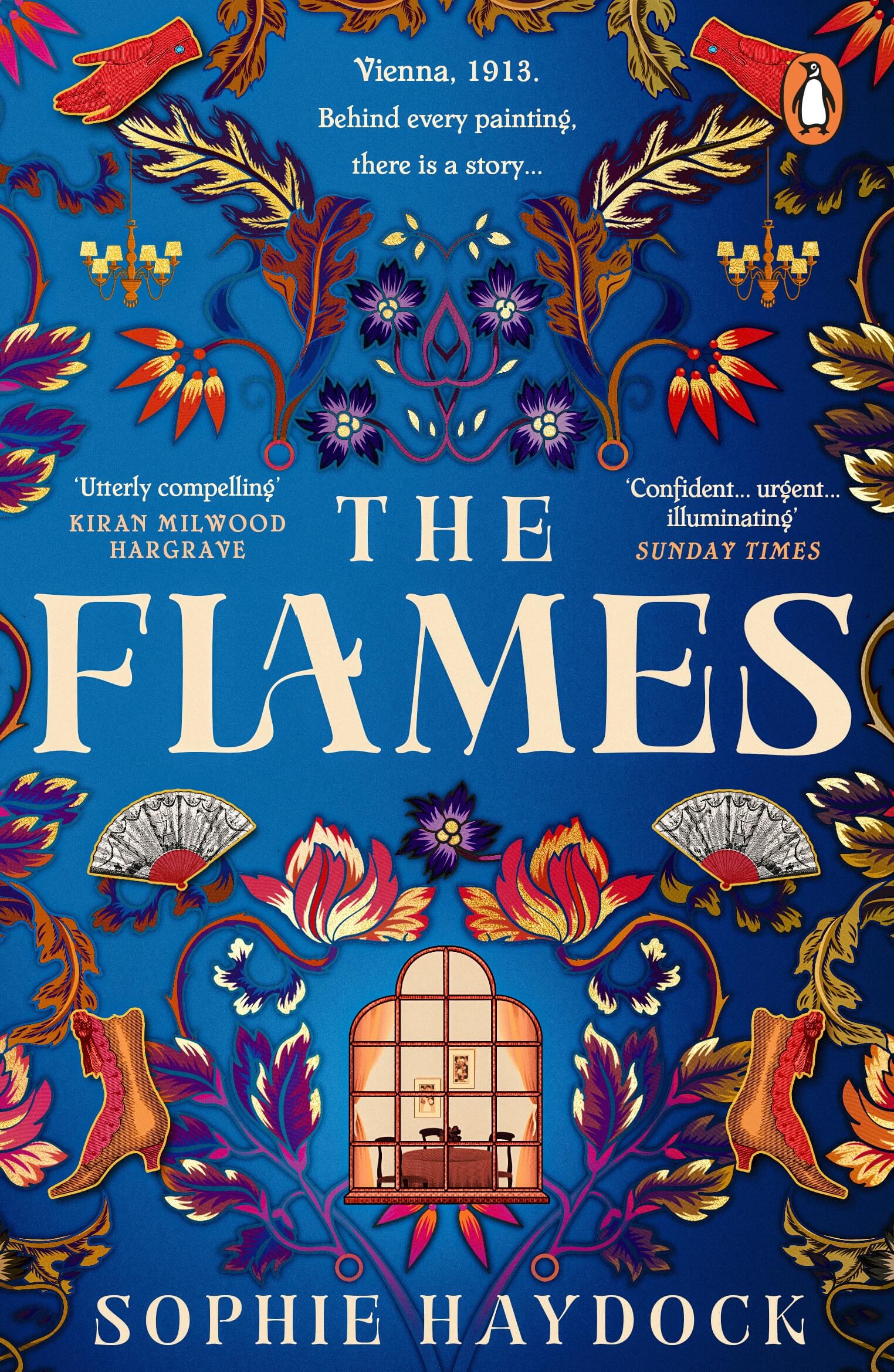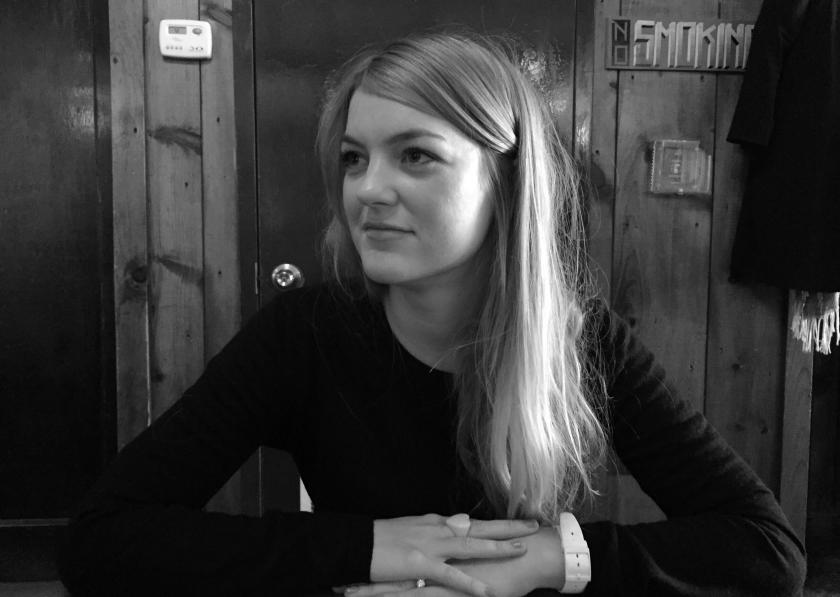It was a cold day in Vienna when Egon Schiele was buried in the Ober-Sankt-Veit cemetery. He was just 28 years old.
The controversial artist – who’d rocked Austria’s bourgeois society with his scandalous artworks and been imprisoned for “indecency” – had died in November 1918 at the height of his success, three days after his young wife, who was six months pregnant with their first child. Married for little more than three years, the tragic couple were laid to rest side by side in the cold earth: a family unfulfilled, brought together for eternity.
A hundred years later, I traced their names and the years of their lives – poignantly brief – carved into the gravestone. But I knew something that nobody else did – certainly something that had never been made public before: there was another body in the grave alongside Egon Schiele.
I’d made the pilgrimage to the graveyard while researching my debut, The Flames, which explores the lives of the four women who helped Egon Schiele become one of the greatest artists of the 20th century. In my novel, you see him from the perspective of his little sister, Gertrude, who posed for her brother in the nude; from the viewpoint of Walburga, who Schiele is rumoured to have met in the studio of Gustav Klimt; and the vantage point of the sisters, Edith and Adele Harms, who become caught in a dangerous rivalry as they compete to become the artist’s wife.
During a research trip to Austria, I walked the streets of the wealthy Hietzing district where Schiele’s path first crossed that of the Harms sisters, both of whom he’d court, one of whom he’d marry. As an author, I wondered at how it might have felt for Adele, who was not chosen. Did she feel rejected? Jealous? Did she harbour delusions perhaps that the artist had been in love with her, and was she distraught when he chose her sister. What repercussions might have unfolded?
This is where the novel came alive for me. I could imagine Adele vividly. My suspicions about her unsisterly interests to her brother-in-law were only confirmed when I spoke to the leading American Schiele scholar Alessandra Comini, who’d interviewed Adele at the end of her life, in Vienna in the 1960s. It was then that Adele admitted to an affair with her sister’s husband.
I looked again at paintings that Schiele made of Adele Harms – one in particular stood out, Seated Woman with a Bent Knee, created in 1917. In the artwork, the young woman, her red hair piled on top of her head, is seen wearing a green chemise, her legs apart, clad in black stockings; an intense look on her face, one that to me, suggests lust.
Adele is the muse I enjoyed writing the most in The Flames. I conjured her as an older woman, in the days leading up to her death, aged 78. I explored how she might have felt, thinking about the beguiling young beauty she’d been half a century before, posing for the artist who captured her heart. I wondered at that point where she was buried. I couldn’t find any records to indicate where in Vienna she might have been laid to rest.
It was only as I planned my trip to the grave of Egon and Edith, while consulting the records, that I unearthed something unexpected. There was another person in plot 15. Adele Harms.
 Fifty years after his death, in 1968, Adele had been buried in the same grave as Egon Schiele. Why? Why wasn’t her coffin placed in the adjoining grave with her sister? Had Adele made the request? Was it the final move in an unholy love triangle? Or more innocent? When Adele died, she had no children, no remaining family, no money. How had the decision come about to bury her there?
Fifty years after his death, in 1968, Adele had been buried in the same grave as Egon Schiele. Why? Why wasn’t her coffin placed in the adjoining grave with her sister? Had Adele made the request? Was it the final move in an unholy love triangle? Or more innocent? When Adele died, she had no children, no remaining family, no money. How had the decision come about to bury her there?
Representatives at the Ober-Sankt-Veit graveyard told me: “Mrs Adele Harms died on 9 Mai 1968 and was buried in group B, row 10, number 15 in cemetery Ober St Veit – the Friedhöfe Wien GmbH has no further informations about Mrs Adele Harms.” They confirmed: “Egon Schiele was buried in group B, row 10, number 15. Edith Schiele was buried in group B, row 10, number 16.”
I contacted Robert Holzbauer, an international provenance researcher based in Vienna. He was astonished at the revelation and wanted to do what he could to help. He said: “It’s a particular mystery because the grave of Egon Schiele is a protected national monument, so there should be no disturbance at all of the grave site. That Adele Harms should have been buried there is most peculiar, and it’s a question that deserves answers.”
Holzbauer had been responsible for the restoration of the grave of Schiele’s other muse and lover, Walburga Nezuil, who’d been loyal to the artist through his darkest days – until he proposed to another woman. She died of scarlet fever in 1917, shortly after leaving Vienna as a Red Cross nurse during the First World War. She was buried in an unmarked grave in Sinj, in what’s now Croatia.
In 2015, the Croatian journalist Lana Bunjevac tracked down Walburga’s grave – and found it to be overgrown, the meagre unmarked headstone keeling over, with nothing to commemorate the young woman buried beneath, who’d inspired such powerful artworks. Holzbauer launched a campaign to restore the site, at a cost of around €2,000, which was completed to mark the centenary of her death.
Adele Harms had been equally integral to Egon Schiele’s art, and yet she too was buried without a grave marker, forgotten and uncommemorated. Holzbauer researched the situation in Vienna but could not get answers as to why she’d been placed in that grave. With no family to ask, the situation became more complicated. I further pressed the representatives at the cemetery, and they replied: “I cannot answer your question – because the erection of a tombstone or a plaque for a deceased person falls in the responsibility of the family.”
Holzbauer, like me, is passionate about seeing Adele Harms honoured in a way that is fitting, and believes it can happen this year. I’m in contact with Schiele supporters, collectors and scholars, who are interested in making financial donations to support such a cause.
I began to notice that other writers have successfully honoured the real people who inspired their fiction. The award-winning Maggie O’Farrell, author of Hamnet, oversaw the first memorial – two matching rowan trees – for Shakespeare’s twins: Hamnet, who died age 11 in 1596, and Judith, who died age 77. They were unveiled in Stratford-upon-Avon’s Holy Trinity Church last year. Each tree bears a plaque, engraved with their names, dates and a line from one of their father’s plays.
“One of the reasons I wrote the book,” O’Farrell said at the time, “is because I always felt Hamnet, the boy, wasn’t well known enough. He’s been overlooked, he didn’t even have a gravestone,” she says. O’Farrell herself asked the diocese of Coventry for permission to plant the trees.
Sharon Wright also led a similar campaign recently. She’s the author of The Lost History of the Lady Aeronauts featuring the trailblazing 19th-century British balloonist Margaret Graham, who was buried in an unmarked pauper’s grave in Hackney after she died age 60. In partnership with Abney Park Trust, Wright helped raise £5,000 for a memorial, which is now in place at Abney Park Cemetery, in Stoke Newington, east London.
Wright admits that securing Graham a gravestone became “an obsession”. “Graham was the first British woman to fly solo, in 1826, yet when I went to pay my respects, I found an overgrown patch with no memorial at all. Simply because she died poor. I was quite choked.” When you look round old graveyards, she added, ornate monuments are generally to people who died rich. “They’re also usually men, with women tucked tidily underneath as ‘wife of’ or ‘daughter of’. Memorials to working-class women who lead pioneering lives are hard to find.”
Adele Harms is someone I’ve lived alongside in my mind, and on the page, for years, fully immersing myself in her story – she’s a woman I got to know and care about. She feels like family to me. And I want to see her remembered, her name spoken for generations to come.
Why Adele Harms is buried in the same plot as Egon Schiele remains a mystery. But soon, I believe, her name will be commemorated alongside that of her sister and her brother-in-law.
- The Flames by Sophie Haydock (Doubleday, £9.99)
- More First Person features on theartsdesk
- www.sophie-haydock.com
- @egonschieleswomen















Add comment